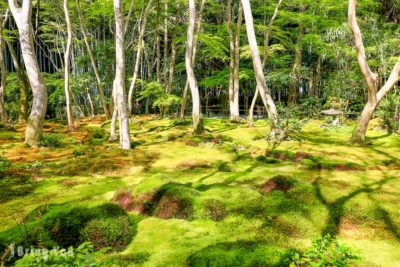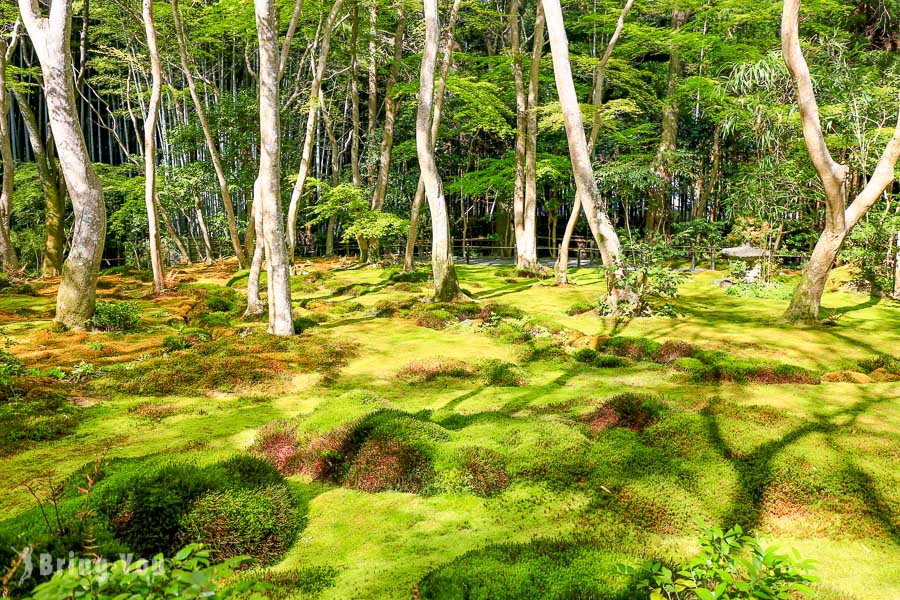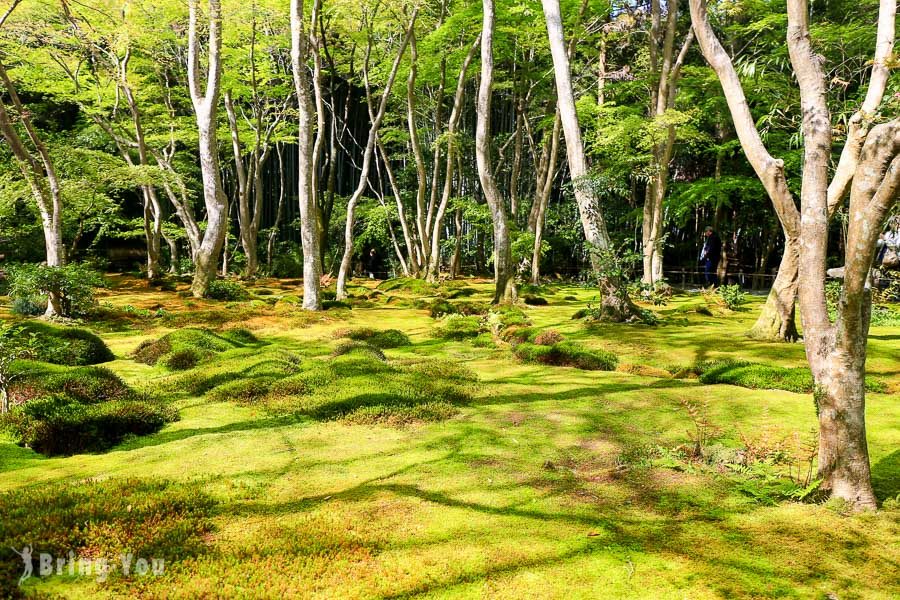
Gionji Temple is a temple of the Shingon sect Daikakuji school located in the Ukyo ward of Kyoto, Japan. This temple is situated in a tranquil and melancholic path in Arashiyama, surrounded by ancient trees and lush moss. It enshrines a wooden statue of the Buddha of Light, Dainichi Nyorai, and is also known as the nunnery mentioned in the famous Japanese classical literature, “The Tale of the Heike”.
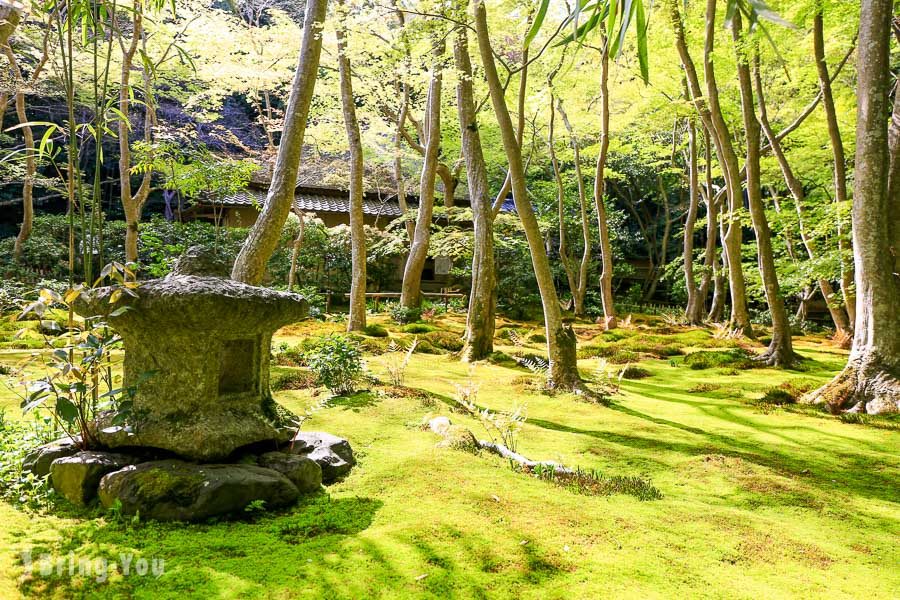
Giou-ji Temple in Arashiyama is famous for its moss garden, where the lush greenery and raindrops after the rainy season create a picturesque scene resembling a Chinese ink painting. If you visit Kyoto in autumn, you can enjoy the stunning contrast of fiery red maple leaves and green moss, which is truly beautiful!
Transportation to Qiwang Temple
Take the JR Sagano Line to “Saga-Arashiyama Station” or take the Keifuku Electric Railroad to “Arashiyama Station”, then walk for about 20 minutes to reach Giou-ji Temple. Alternatively, take a Kyoto City Bus from Kyoto Station to “Saga-Shakado-mae Station” and walk for about 15 minutes.
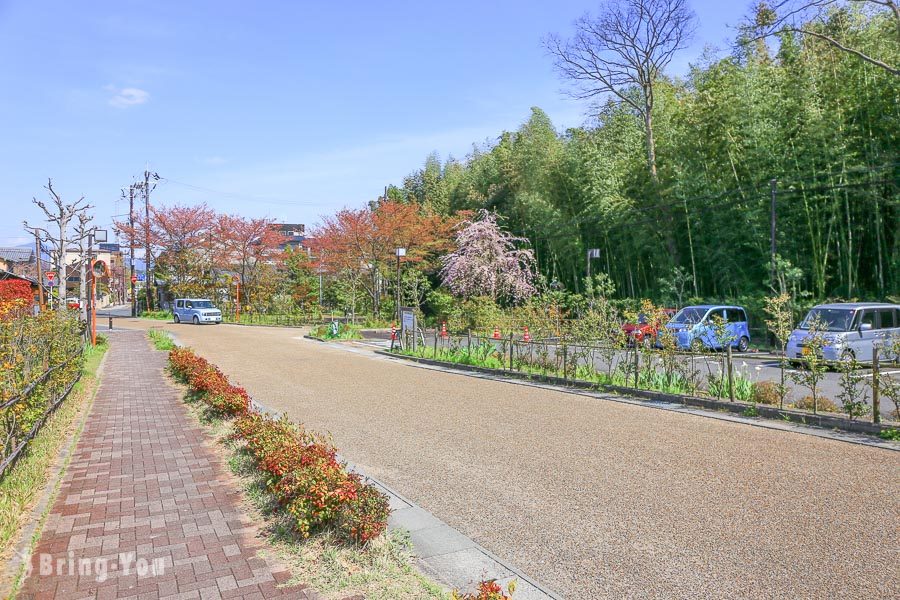
We took the Sagano Romantic Train to the “Arashiyama Station” and walked for about ten minutes. The scenery along the way was stunning due to the cherry blossom season, and there were fewer tourists heading to Gio-ji Temple, giving us a more serene experience that was closer to the local life in Arashiyama.
If you’re still unsure about transportation in Arashiyama, check out this article: [Kyoto Arashiyama Transportation] All the Ways to Get to Arashiyama for a Day Trip
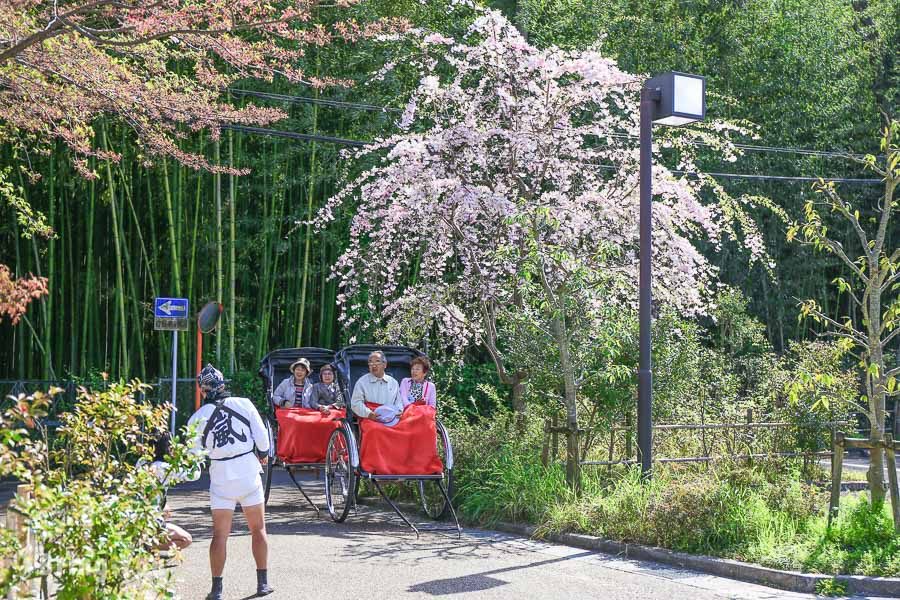
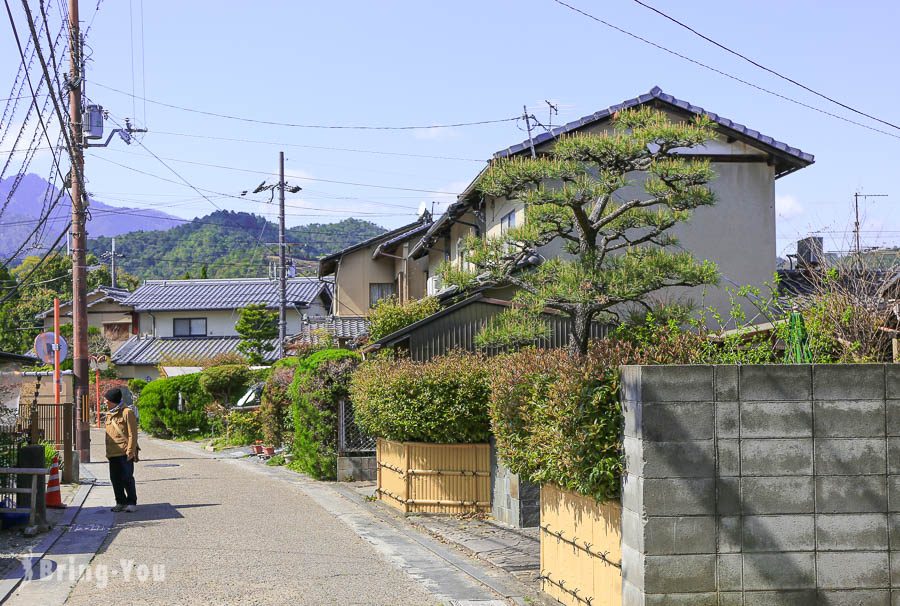
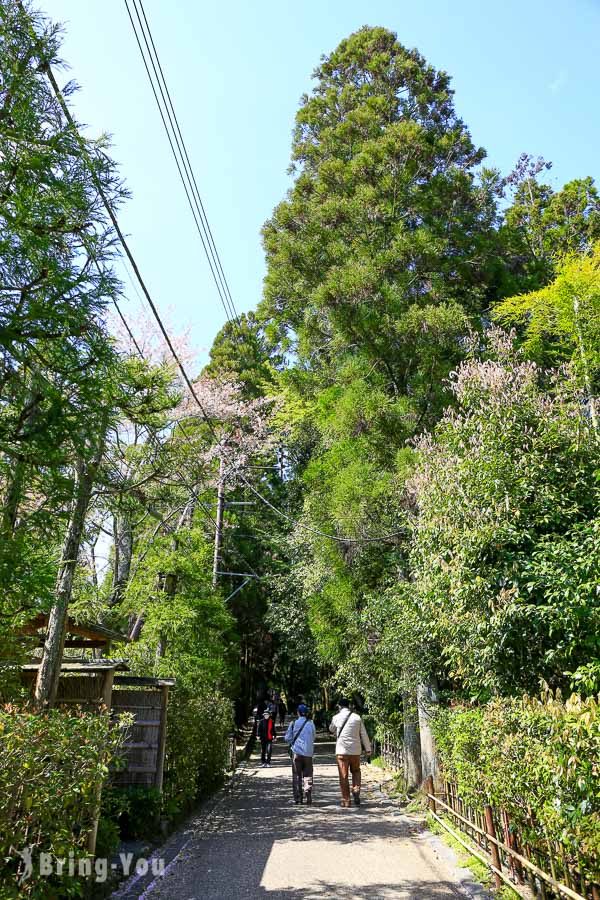
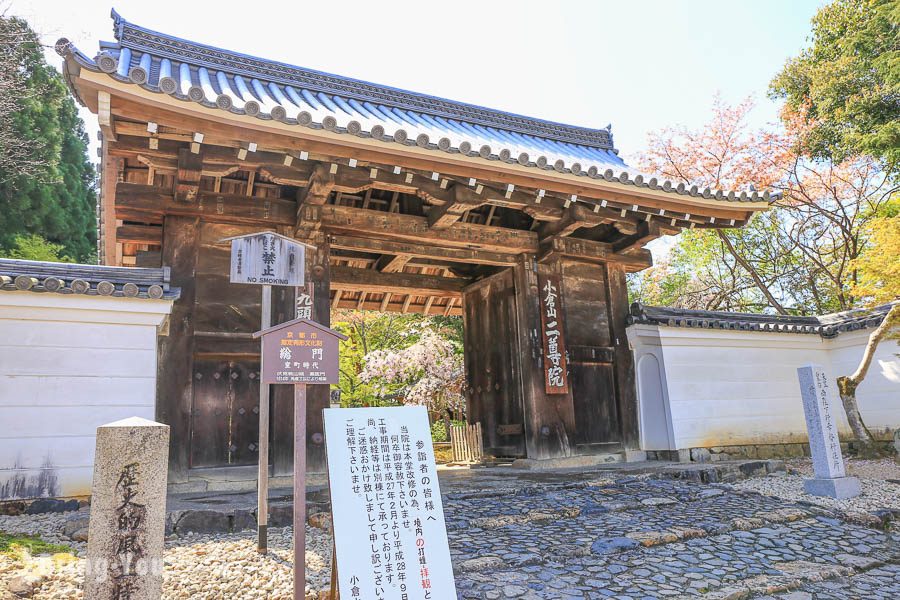
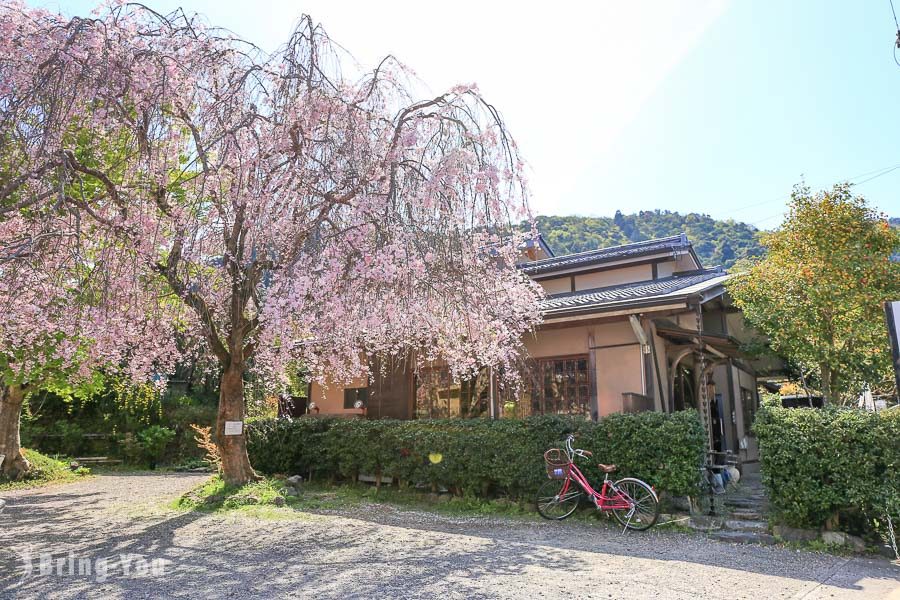
Qi Wang Temple Information
- Address: 32 Sagatoriimoto Kozakacho, Ukyo-ku, Kyoto City, Kyoto Prefecture
- Ticket: Adults 300 yen, Children (only elementary school students) 100 yen
- Opening hours: 09:00~17:00 (counter business hours until 16:30)
- Official website information
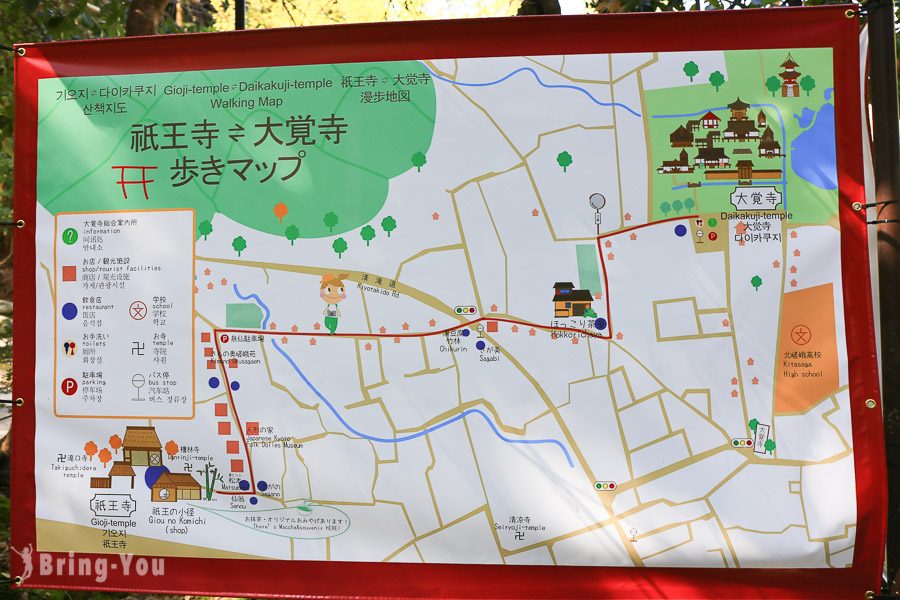
There is a combo ticket for Qiwang Temple and Dajue Temple, and it takes about 25 minutes to walk between the two attractions. If you have enough time, you can visit both places in one go.
Qiwang Temple Attraction
The famous Japanese classical literature “The Tale of the Heike” records that the Giou Temple in Arashiyama, Kyoto is named after a dancer named Giou.
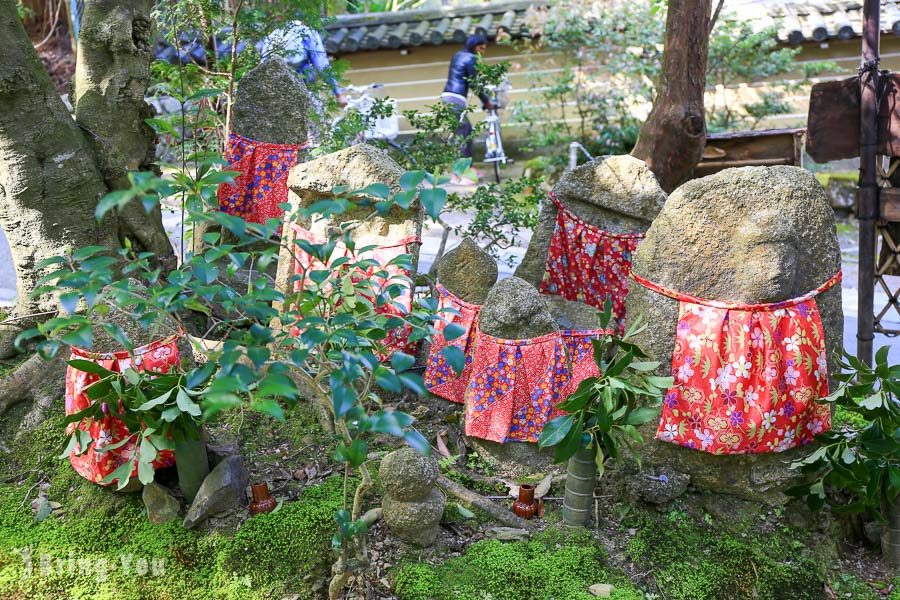
Legend has it that this dancer fell in love with the leader of the powerful and influential Heike clan, Taira no Kiyomori, and was favored by him. However, when Taira no Kiyomori fell in love with someone else, Gion no Shōja decided to become a nun and entered a tragic life in the nunnery with her mother and sister.
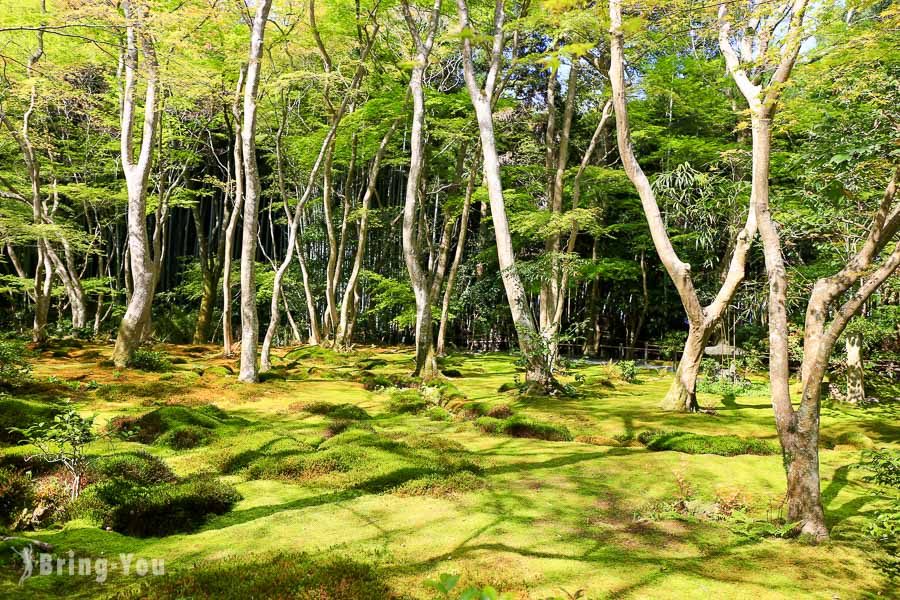
And this grass hut is surrounded by lush bamboo groves and maple trees. As autumn approaches, the maple leaves begin to change color, creating a strong contrast with the mossy greenery. The water adds to the atmosphere, along with the changing light and shadows of the surrounding moss garden. This creates a serene and beautiful atmosphere in the previously somewhat melancholic Jiwang Temple, reminiscent of the tranquility of Kyoto!
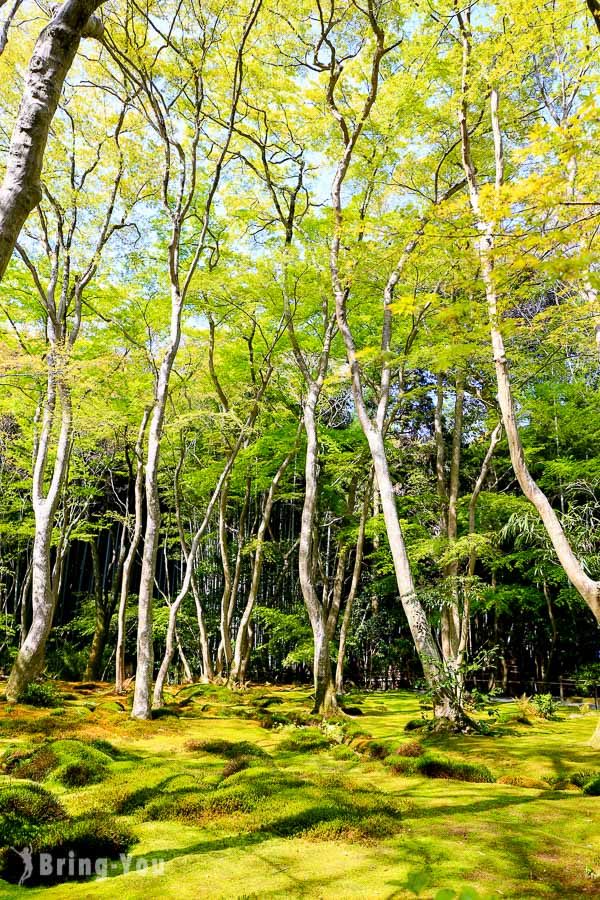
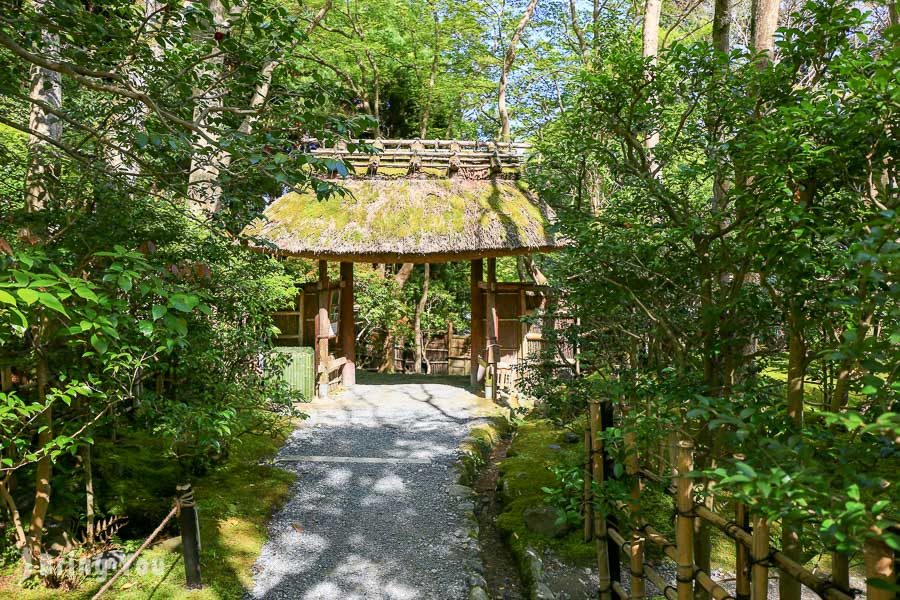
The Jiwang Temple is really beautiful, and there are almost no tourists. The light and shadow on the moss, combined with having read The Tale of the Heike, creates a particularly strong feeling of traveling through time and space.
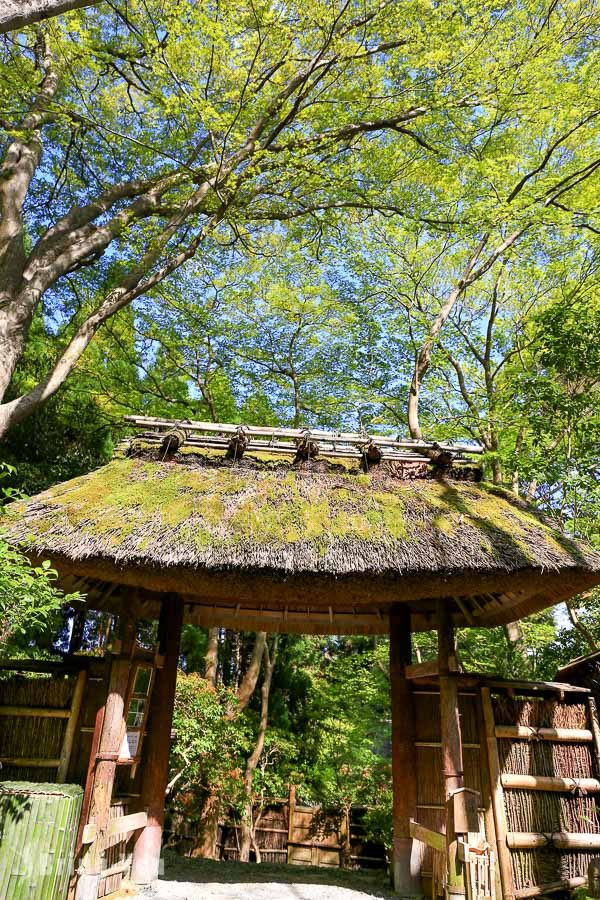
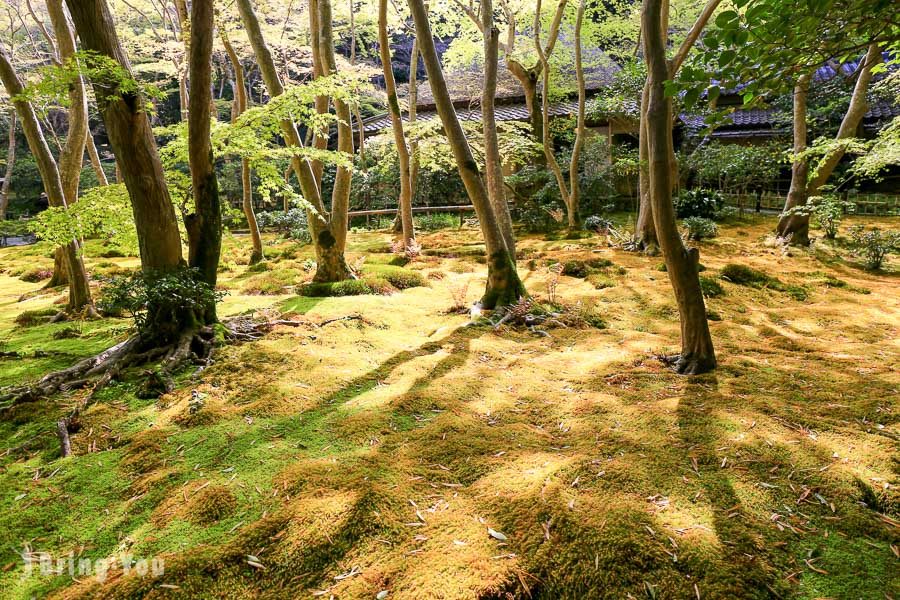
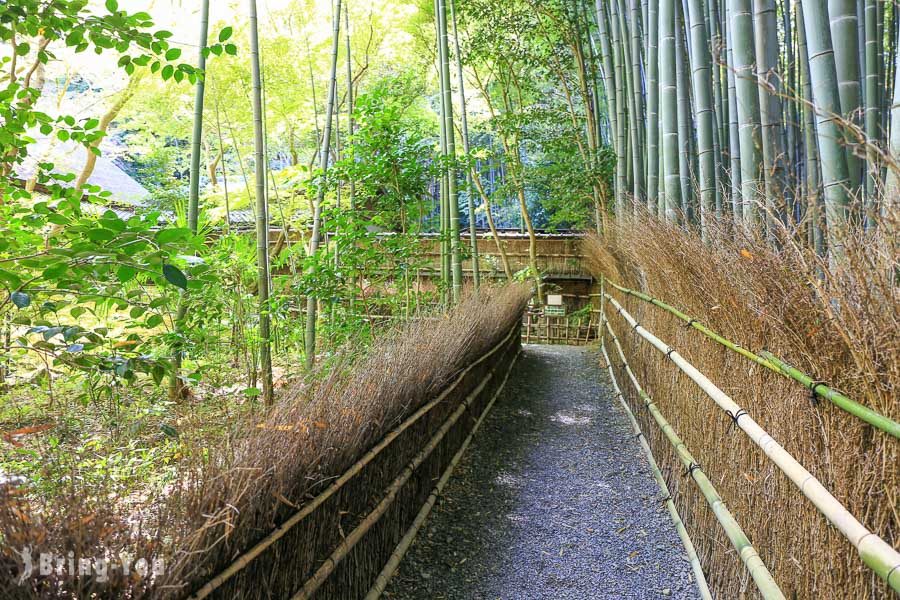
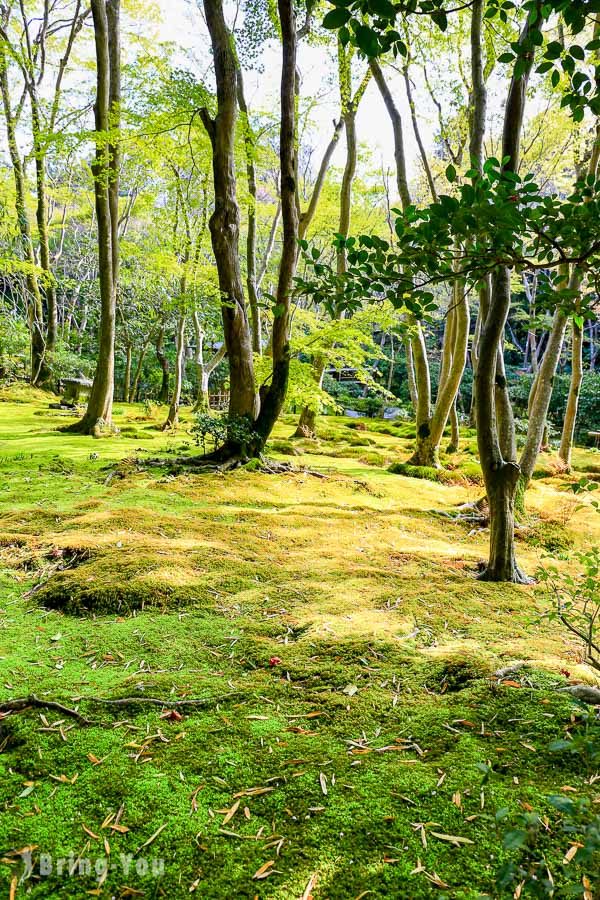
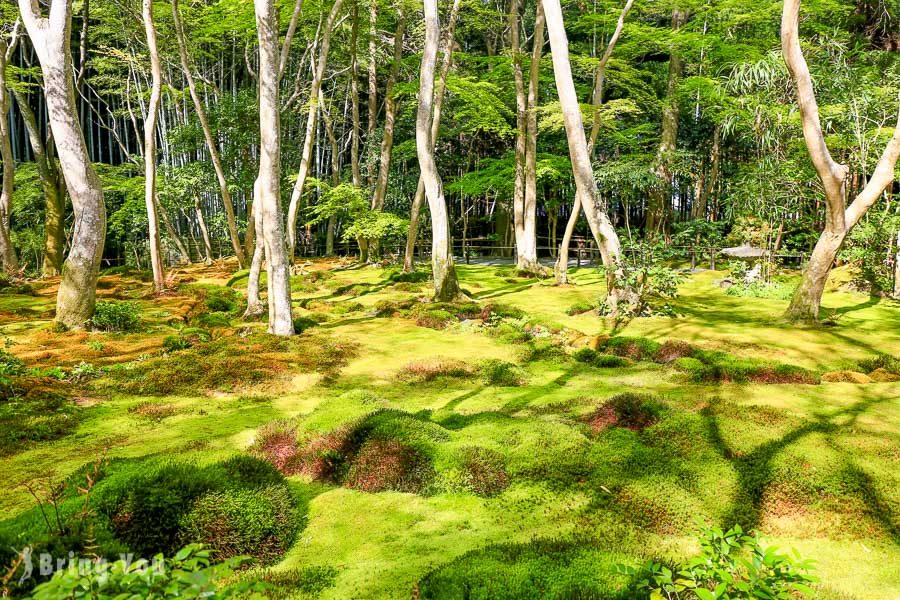
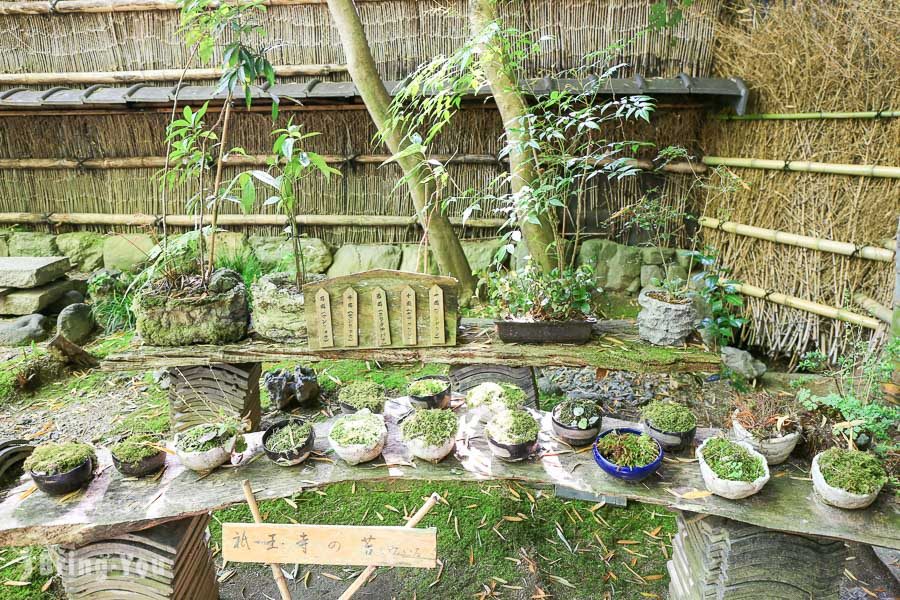
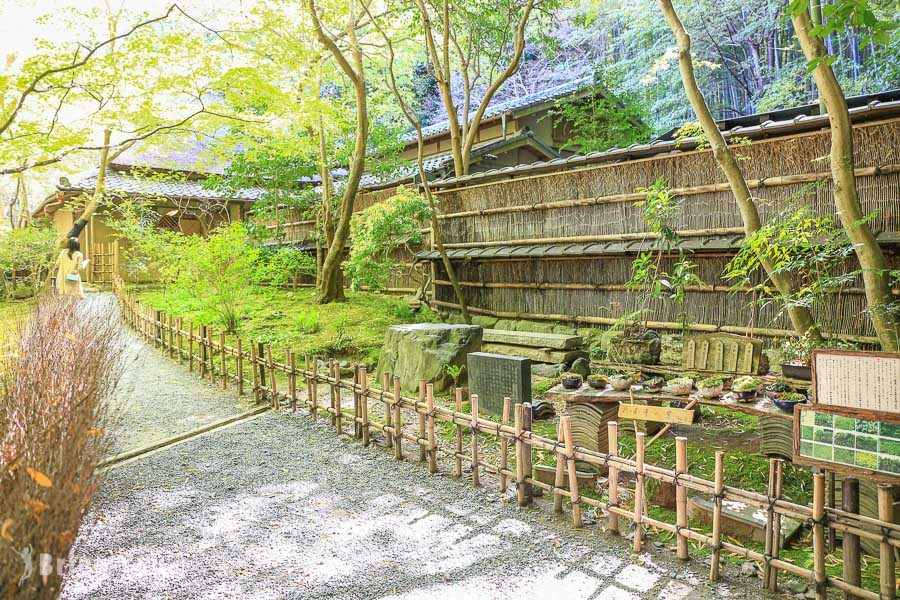
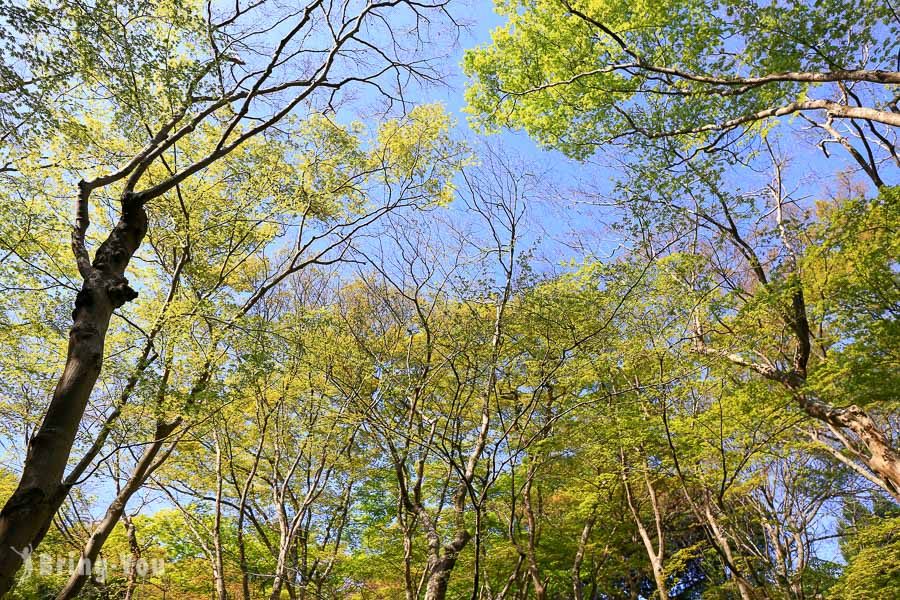
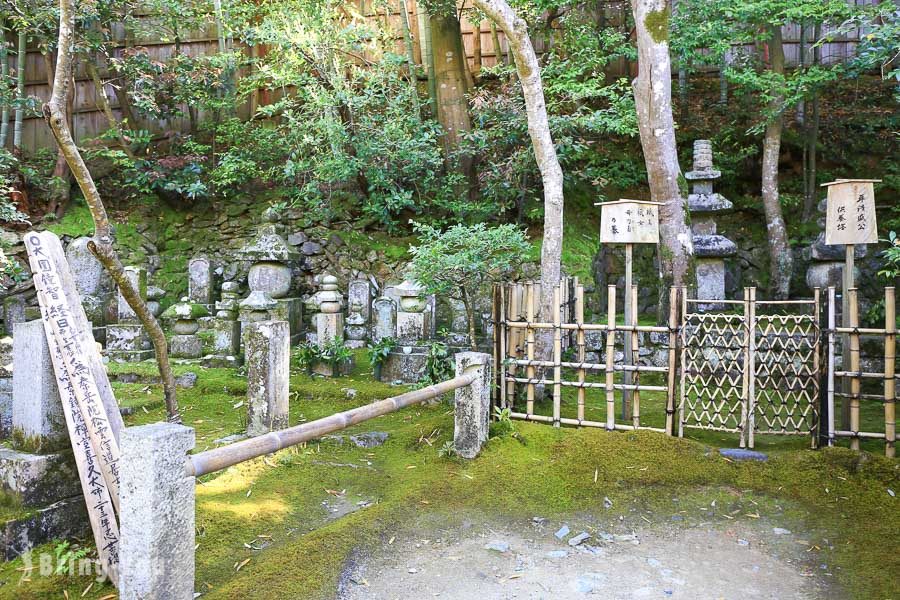
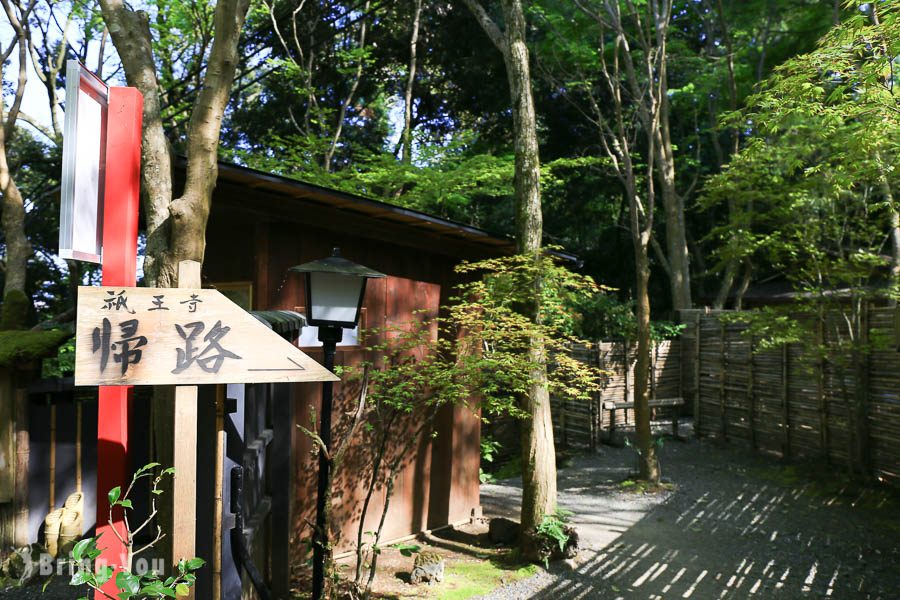
Arashiyama Daily Life
On the return trip, I once again savored the houses of the wealthy in Arashiyama. They are truly more beautiful than those in Osaka and Kyoto!
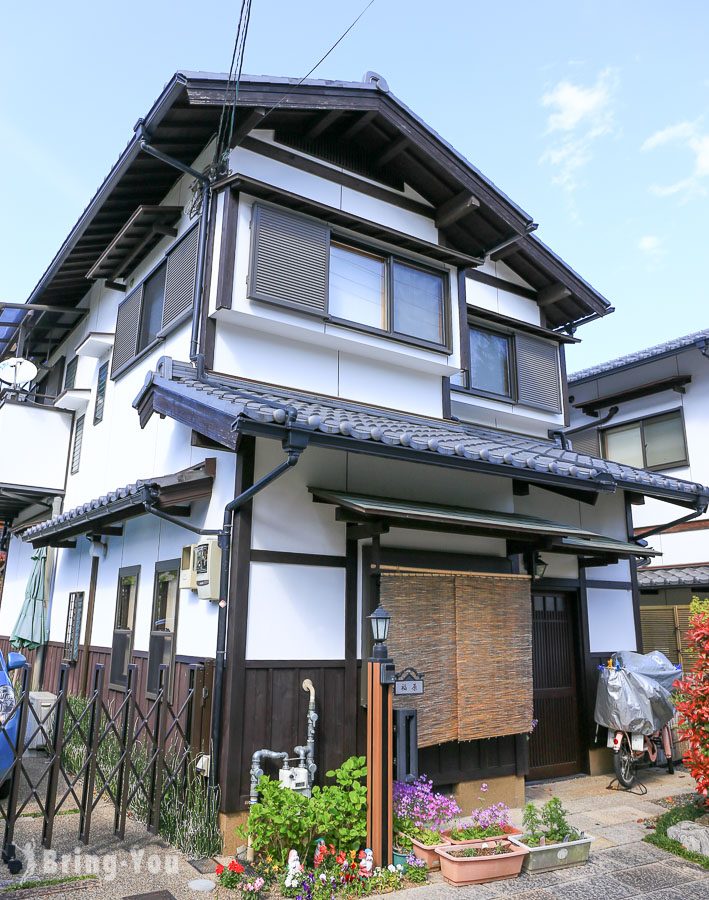
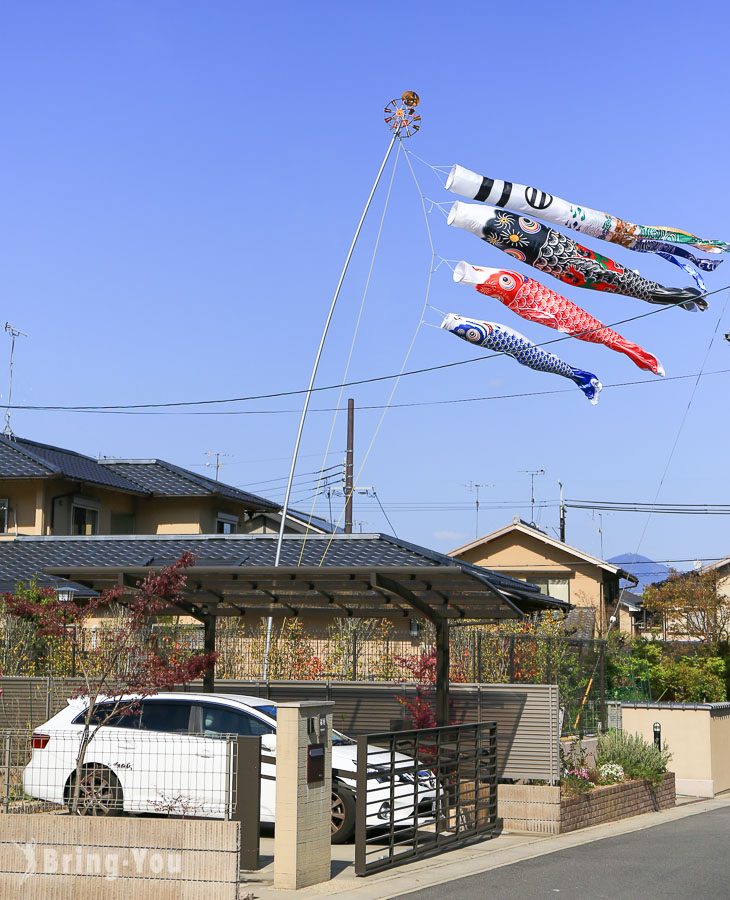
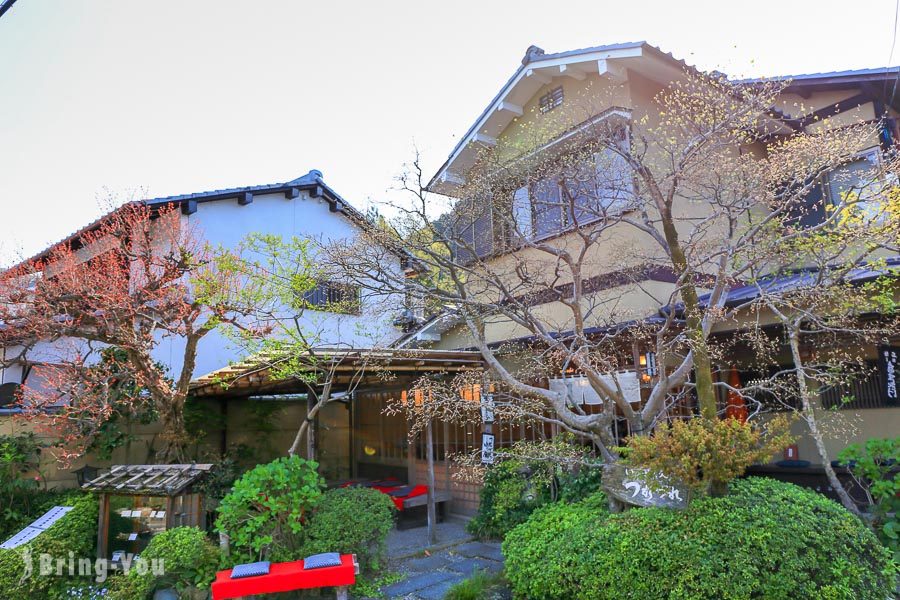
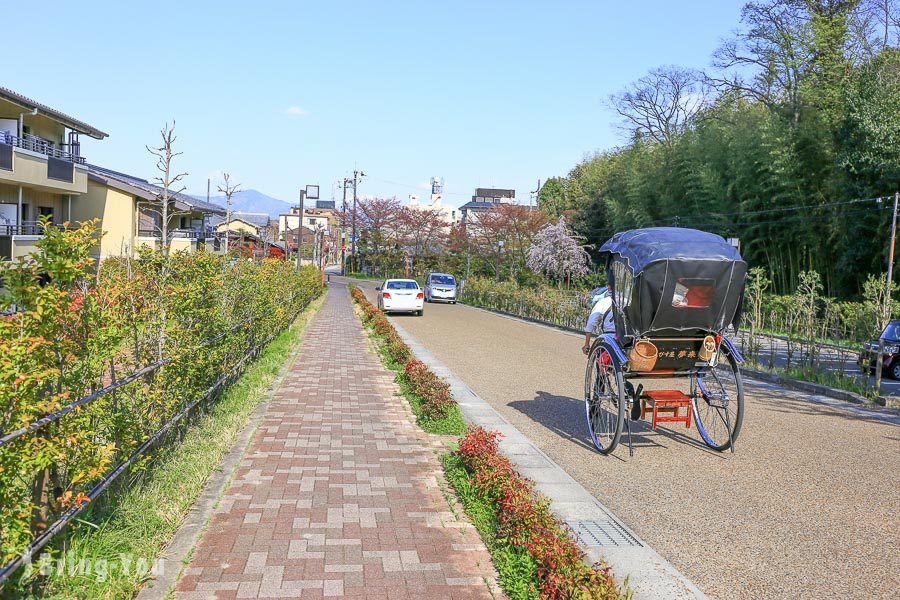
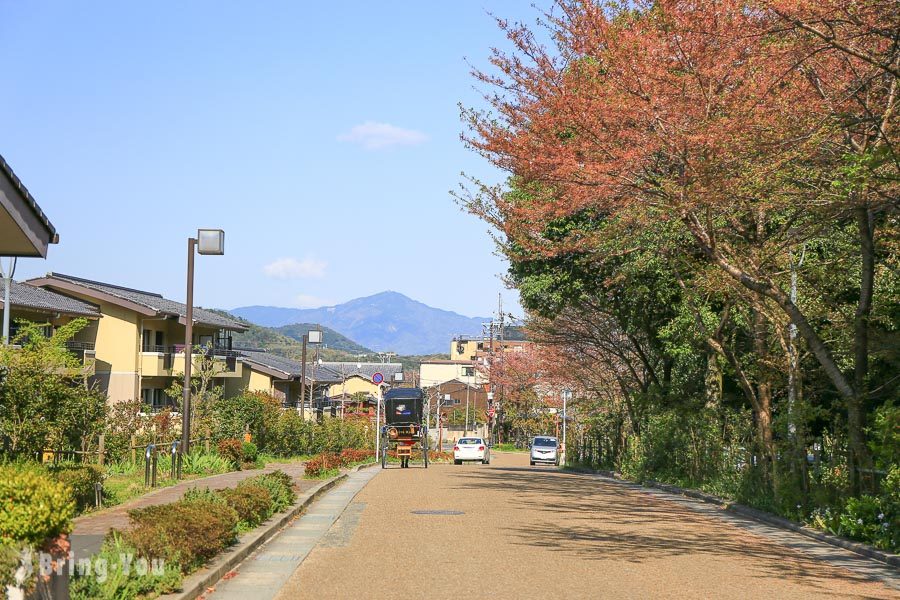
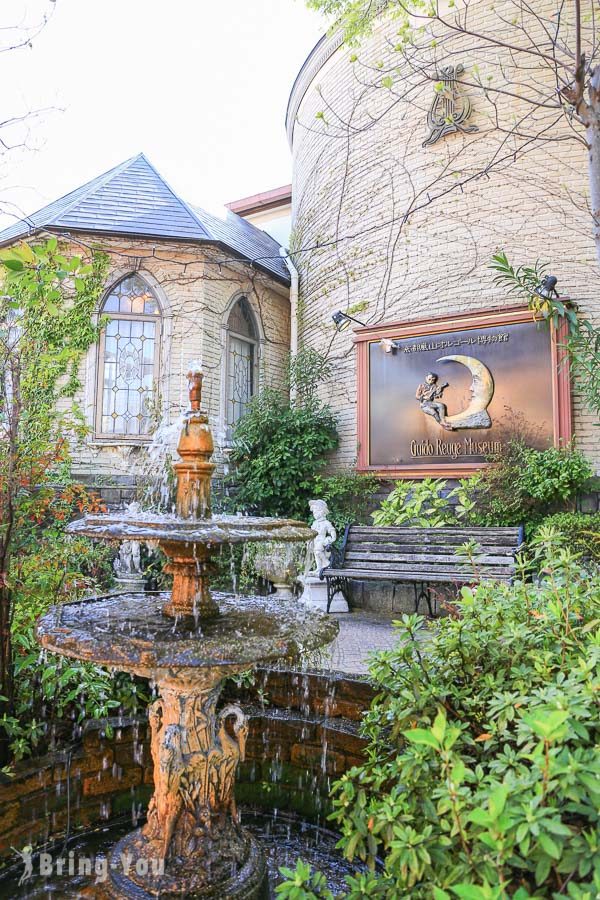
Qiwang Temple is truly one of my favorite spots in Arashiyama. It’s peaceful yet carries a hint of melancholy. If you visit in the spring, don’t miss the chance to stroll along the delicious and fun Arashiyama shopping street all the way to Tenryuji Temple!
